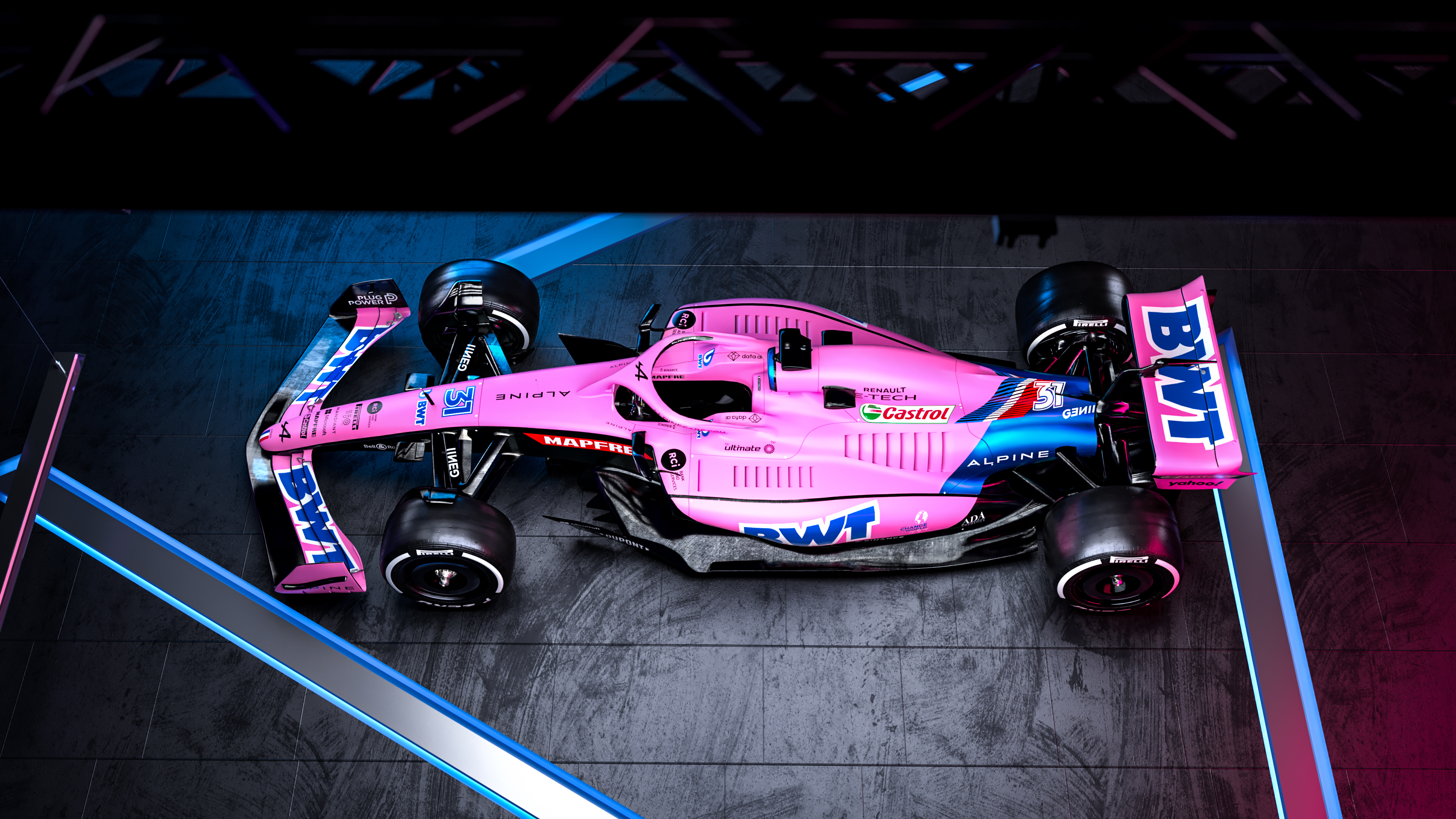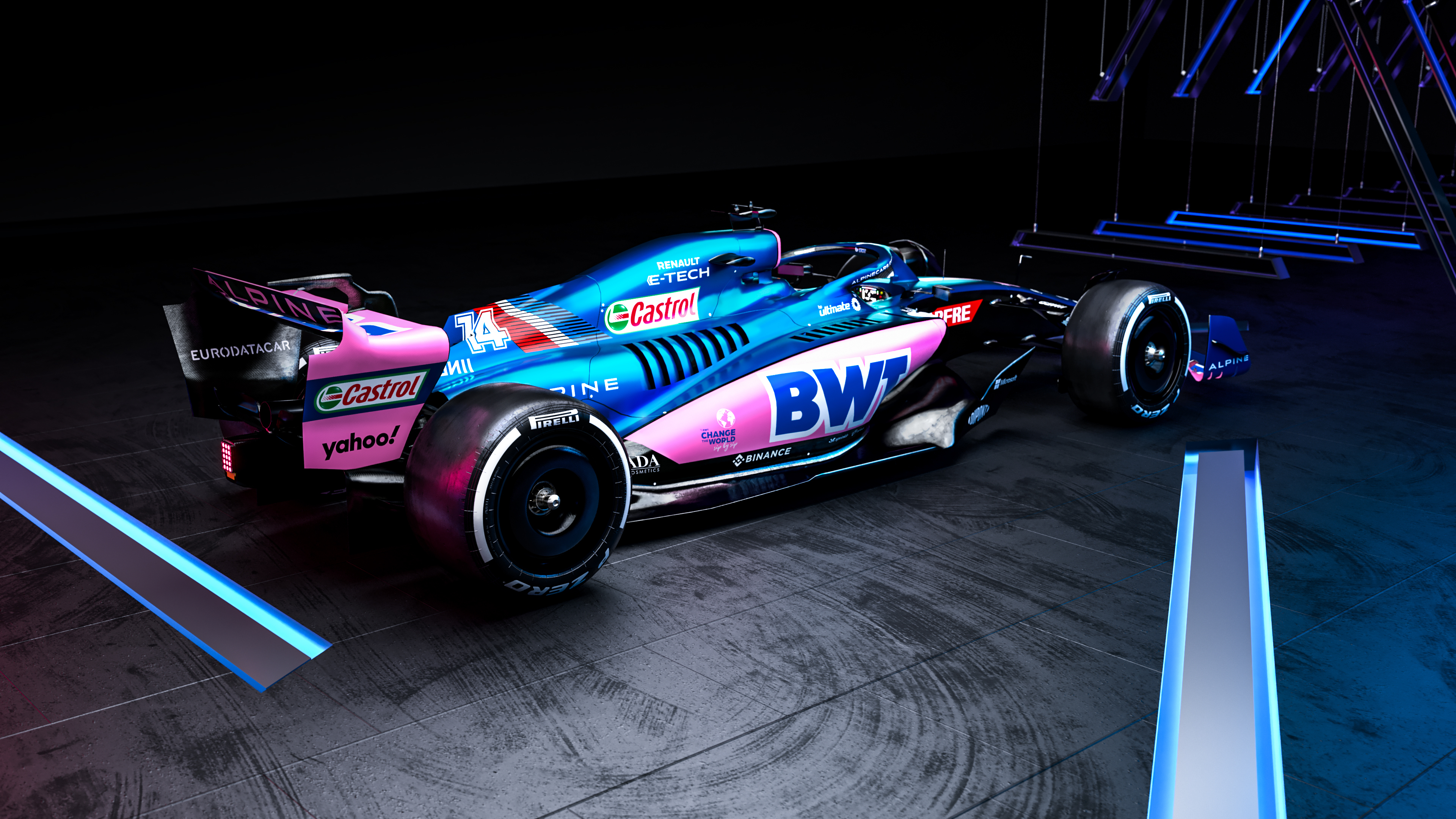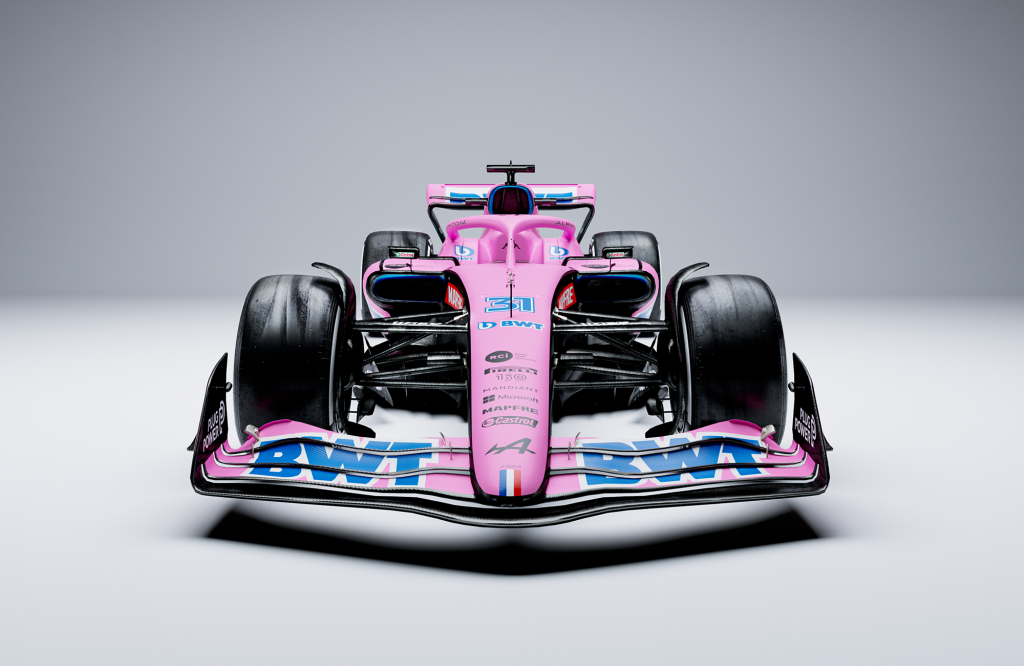Up Next

Alpine’s new technical director says the Formula 1 team has been able to express itself aerodynamically thanks to the major engine overhaul Renault has worked on for 2022.
Renault’s works team suffered from an underdeveloped power unit last year because its efforts were focused on a massive development project for 2022, as the designs will be homologated for four seasons.
The changes cover a “back to front” review of the power unit, says Alpine technical director Matt Harman, with the engine’s “integration into the chassis, its base performance and the combination of the two” the priority.
This is believed to include a switch to the split turbo layout that Mercedes pioneered in 2014.
Renault had previously been against making that change but has relented after falling to fourth out of the four manufacturers for engine performance.
The Viry-Chatillon facility is now being overseen by former Peugeot motorsport boss Bruno Famin following the departure of Remi Taffin last July.
Famin was previously the FIA’s director of operations but prior to that, he was technical director of Peugeot’s Le Mans 24 Hours-winning LMP1 project and also in charge of the motorsport division for its three Dakar Rally wins.
But the integration of the chassis and power unit is being overseen by new Alpine technical director Matt Harman – a former Mercedes High Performance Powertrains employee.
Harman has extensive F1 engine experience, having worked for the Mercedes engine division for 18 years prior to joining Renault as chief designer in late 2018.
Unsurprisingly, Harman’s messaging around the launch of Alpine’s A522 has leant heavily on improved integration of the Enstone and Viry facilities – making the focus “not local optimums but broad overall laptimes for the race car”.
“At the very beginning of these regulations, we actually started with the power unit mainly because it does set some of the key areas of the car aerodynamically,” said Harman.
“We did a full review of this area of the car and we decided to change the architecture of that power unit extensively in all areas including the internal combustion engine, the ERS, the turbo and its positioning in the car and that has given us some real gains in terms of our ability to express ourselves aerodynamically and achieve that ultimate lap time of the car.”

He added: “In terms of the Viry and Enstone integration we are a works team and we need to make 100% use of that benefit and we have done.
“So from the very start of our programme we worked closely together to actually start off with the people, start off how we integrate the people first, how we integrate the functions and from that comes very good engineering conversations and from that comes excellent engineering solutions.
“It’s been primarily focused on the organisations and making sure that although we are separate in terms of geography, in terms of our engineering discussions we are together and we are together on every decision.
“I think that’s an important part of being a works team in modern Formula 1.”
Alpine’s chief technical officer Pat Fry echoed Harman’s sentiments on the collaboration between the Viry and Enstone divisions.
He said the “packaging the power unit has allowed us some extra freedom in shaping the rest of the car and better exploiting” the new rules.
“Viry have been working very hard trying to produce the best thing we can because it all gets locked away now,” said Fry.
“So, there’s been a huge effort to try and get that ready for this year.

“There’s also been some great collaboration between Enstone and very to try and get the maximum out of the car’s potential, as well as just improving engine performance.”
Renault’s timeline for its improved engine has shifted twice.
It initially wanted to upgrade for 2021 but pushed it back to respond to the COVID-19 pandemic.
Renault had a two-stage development plan for its new concept, and intended to create a new baseline in 2022 and then upgrade it again for 2023.
But the impending homologation meant Renault had to combine everything into one 2022 upgrade.
“In terms of the RE22 and the design for its entire life, it’s been an interesting programme,” said Harman.
“We don’t fundamentally know everything about how we are going to operate it so we’ve had to make some simulations.
“And we’ve taken some conclusions from that to enable us not only to design the power unit but also design the transmission that is linked to it and how that transmission will need to change based on the aerodynamic developments that we will continue to have throughout even though the power unit may be homologated and frozen.”








